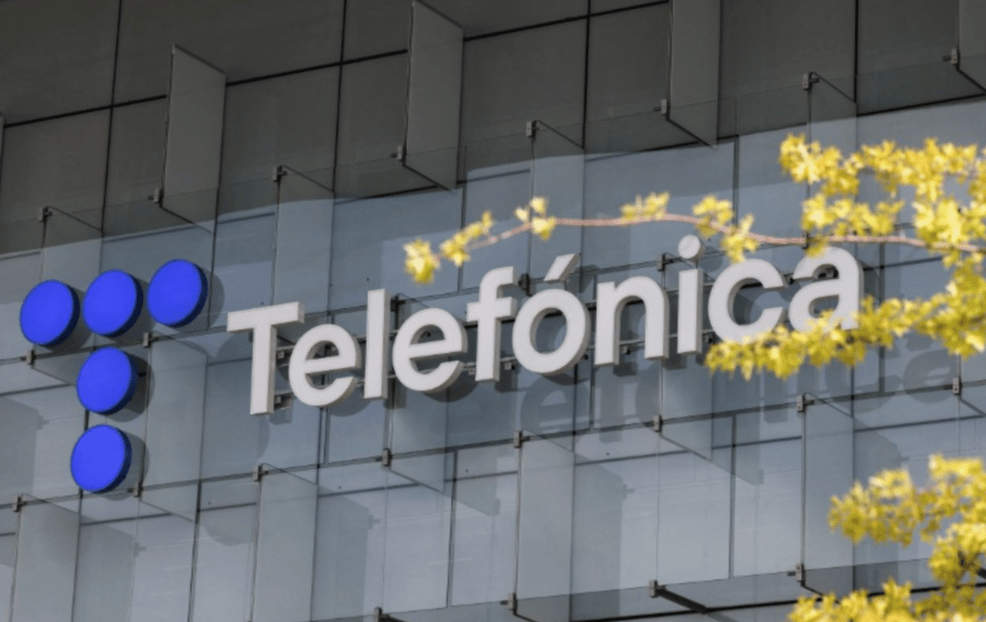Telefonica Reports €1.3 Billion Q1 Loss Amid Strategic Latin American Divestments
Spanish telecom giant Telefónica S.A. $TEF reported a net loss of €1.3 billion ($1.45 billion) in the first quarter, driven by significant write-downs linked to the sale of its operations in Peru and Argentina. While the result closely aligned with market expectations—a consensus loss of €1.32 billion—the headline figure reflects a transformative quarter for the company as it continues to refocus its geographic footprint.
The loss stems primarily from Telefónica’s exit from low-return markets in Latin America. The company recorded a €1.2 billion impairment related to its Argentine business and an additional €500 million loss from divesting operations in Peru. Stripping out these one-off charges, Telefónica generated operating income of €427 million, highlighting a stable underlying performance.
A Strategic Shift Toward Core European and Brazilian Markets
As part of a long-term effort to streamline its business and enhance capital efficiency, Telefónica has been retreating from lower-margin Spanish-speaking Latin American markets. Instead, the company has doubled down on operations in Spain, Brazil, Germany, and the United Kingdom, where returns are more predictable and regulatory environments less volatile.
Revenue for the quarter fell by 2.9% year-over-year to €9.22 billion, slightly above analyst forecasts of €9.1 billion. This modest outperformance, despite the contraction, points to resilience in Telefónica’s core regions.
Key Elements Influencing Telefónica’s Q1 Financials
Geographic Refocusing: Exit from Argentina and Peru marks a strategic pivot to higher-yield markets.
Non-Recurring Impairments: Latin American asset sales generated substantial write-downs.
Solid Core Operations: Operating profit held steady, reflecting strength in Europe and Brazil.
Revenue Beat Expectations: Despite a drop, sales surpassed market forecasts, indicating stability.
Capital Discipline: The company continues to optimize its asset portfolio to improve return on invested capital.

Streamlining for Stability in a Shifting Telecom Landscape
Telefónica’s decision to divest operations in less profitable markets aligns with a growing trend among global telecom providers: sharpening geographic focus and reducing exposure to currency volatility, political instability, and uneven regulation.
The company’s ongoing commitment to its main operational pillars—Spain, Brazil, Germany, and the UK—reflects a push toward margin improvement, digital innovation, and infrastructure investment in mature economies. At the same time, Telefónica’s Latin American restructuring underscores a disciplined approach to balance sheet management and shareholder value protection.
Developments Shaping Telefónica’s Current Trajectory
Asset Divestiture Strategy By shedding businesses in Argentina and Peru, Telefónica is realigning capital toward markets with higher strategic value and lower risk profiles.
Operating Profit Amid Disruption Adjusted operating income of €427 million signals healthy performance from continuing operations.
Revenue Performance A 2.9% decline in sales year-over-year was better than expected, suggesting stability across core segments.
Focus on Four Priority Markets Telefónica is concentrating its resources in Spain, Brazil, the UK, and Germany, where telecom infrastructure and customer bases offer better returns.
Capital Reallocation and Efficiency Goals Cost management and capital discipline remain central to Telefónica’s medium-term strategy.
Forward Momentum Built on Operational Focus
Despite the headline net loss, Telefónica’s first-quarter report reveals a company in the midst of a meaningful transformation. The impairments from Latin American exits, while substantial, are largely non-recurring and reflective of a broader effort to recalibrate geographic exposure and strengthen financial fundamentals.
With solid operational performance from its key markets and revenues exceeding expectations, Telefónica is laying the groundwork for more predictable earnings in future quarters. The shift away from volatility-prone regions toward stable, mature telecom markets positions the company for gradual recovery and long-term resilience.















Comments
Actions like this could shape the direction of automation for years to come
The industry could see a surge in innovation as a result of such bold moves